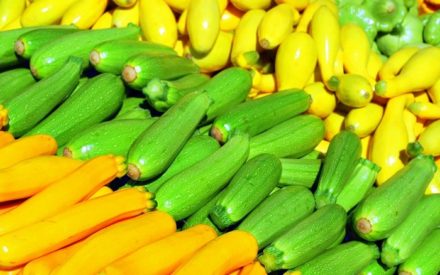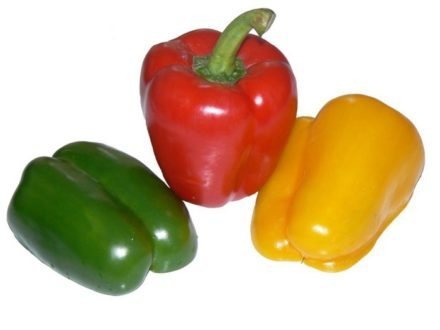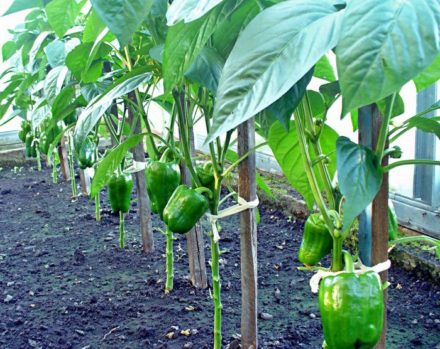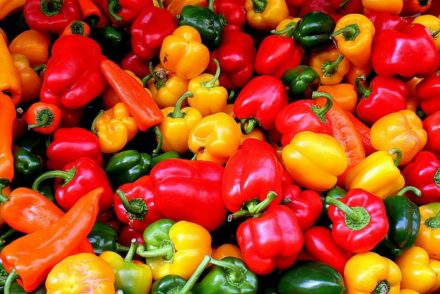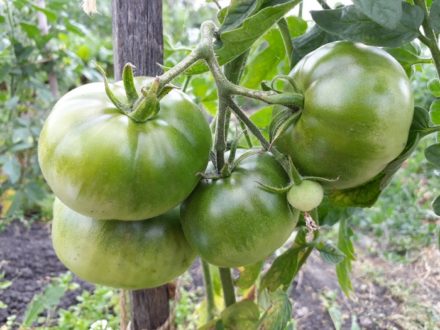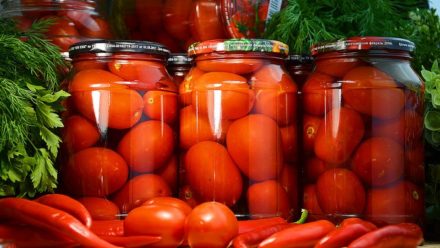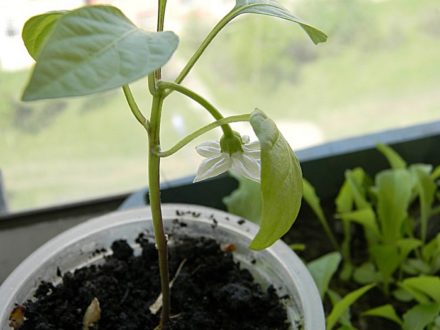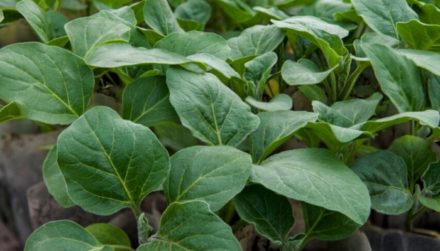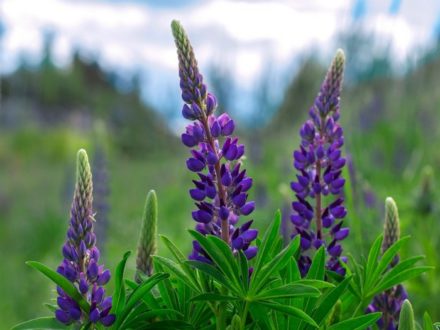A sweet pepper is considered thick-walled if its wall thickness approaches 10 mm. This vegetable is distinguished by its juicy, crispy pulp. It can be added to salads, appetizers, first and second courses, stuffed, frozen, and used for winter preparations. Both varieties and hybrids can have thick fruit walls. Peppers are planted in a greenhouse and in open ground. We present a selection of 6 varieties that Russians most often grow in their summer cottages.
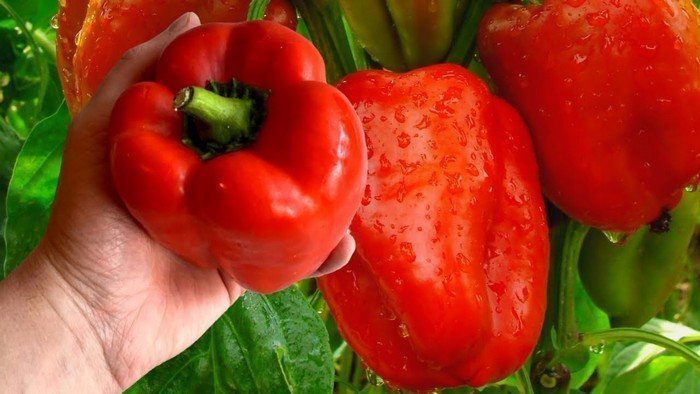
Varieties for growing in greenhouses and greenhouses
Sweet pepper is one of the most heat-loving crops, so it is often necessary to plant seedlings in a greenhouse or greenhouse made of film. In closed ground, plants suffer less from temperature changes, and in the event of a cold snap, it is easier to protect them from low temperatures by organizing heating.
It doesn't have to be an electric heater. Resourceful gardeners use homemade stoves - buckets of heated bricks. Hot water bottles. If you plant a variety intended for a greenhouse outside, the bushes may develop worse and may drop flowers and ovaries, which will lead to a decrease in yield. That is why it is better to follow the manufacturer’s recommendations regarding the growing method.
"Heavyweight"
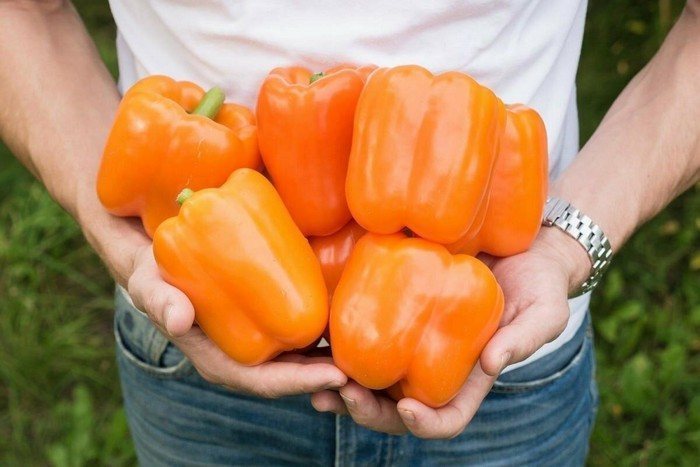
A large-fruited variety that produces square-shaped fruits, the weight of which exceeds 200 g. At the stage of full maturity, the peppers become golden-orange.The wall thickness is about 1 cm. The pulp of the vegetable is fleshy and aromatic. “Heavyweight” can be grown in any region of Russia. The variety has strong immunity. Productivity in the greenhouse is up to 8.5 kg per 1 sq. m.
As it grows, the bush becomes spreading and tall. The manufacturer recommends growing the variety under film cover and in greenhouses. “Heavyweight” was added to the state register relatively recently, but is already loved by summer residents for its large fruit size, excellent taste, versatility and unpretentiousness.
"Star of the East red F1"
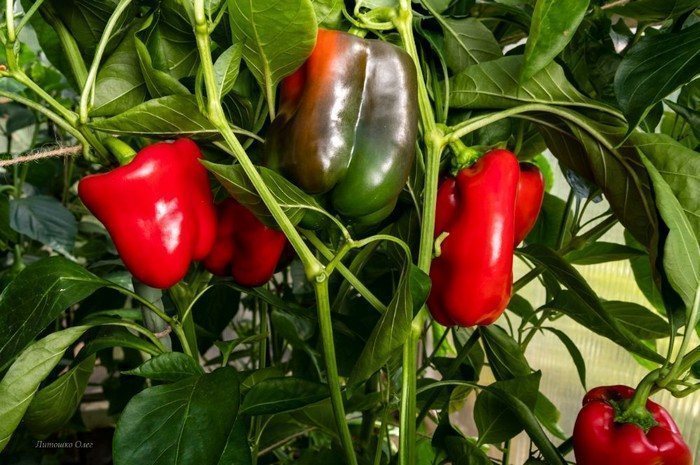
A popular hybrid from the Sedek agricultural company. Pepper is suitable for growing in any climate and is disease resistant. The variety is planted in greenhouses; in the south, “Star of the East” can be grown in open ground. Maximum yield – 7 kg per 1 sq. m. Fruits at the stage of full maturity acquire a dark red color. The average weight of peppers is 150 g. The wall thickness is 8-9 mm.
The hybrid has a good taste. The fruits are widely used in cooking. The height of the bush in open ground is 60 cm; in a greenhouse, plants grow up to 90 cm. The variety belongs to the mid-early varieties. The rate of fruit ripening depends on growing conditions. The peppers are cuboid in shape. The pulp is juicy and contains a large amount of sugars. The aroma is weak.
"Latinos F1"
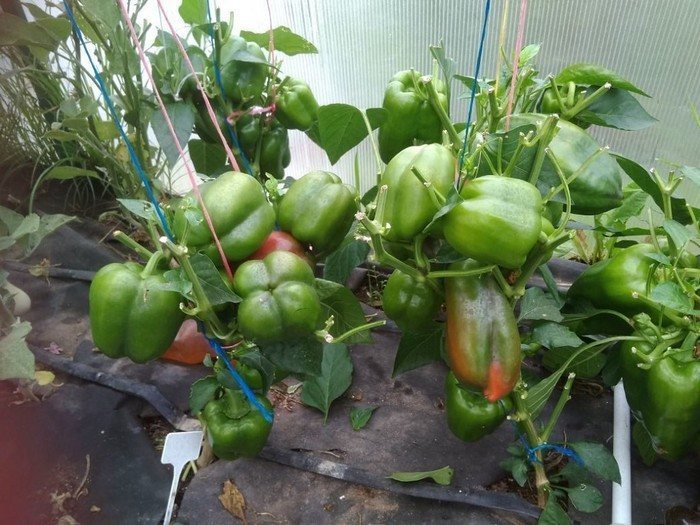
A productive hybrid, under any conditions giving a yield of up to 12 kg per 1 sq. m. Wall thickness - up to 1 cm. High productivity is achieved due to the large dimensions of the bush. Gardeners value “Latinos” for its large fruit. The peppers are cube-shaped and weigh more than 250 g each. The hybrid is resistant to heat, bad weather, and typical diseases.
“Latinos” is part of the group of early ripening varieties; it is grown in film greenhouses and greenhouses.When ripe, the fruits acquire a scarlet color. Pepper is added to salads, first and second courses are prepared from it, and preparations are made. The height of the bushes reaches 1 m, so the plants require a garter.
Varieties suitable for open ground
In the southern regions, pepper grows without problems in open beds. Warmth and generous sunshine give plants the opportunity to absorb nutrients from the soil well and produce many fruits. There are also varieties that are resistant to bad weather.
Breeders are constantly improving this indicator in the process of breeding new varieties. Cold-resistant peppers can be grown without shelter in the Middle Zone, Siberia and the Urals. Such varieties have early ripening periods, so the harvest can be harvested before the onset of cold weather.
"California Miracle"
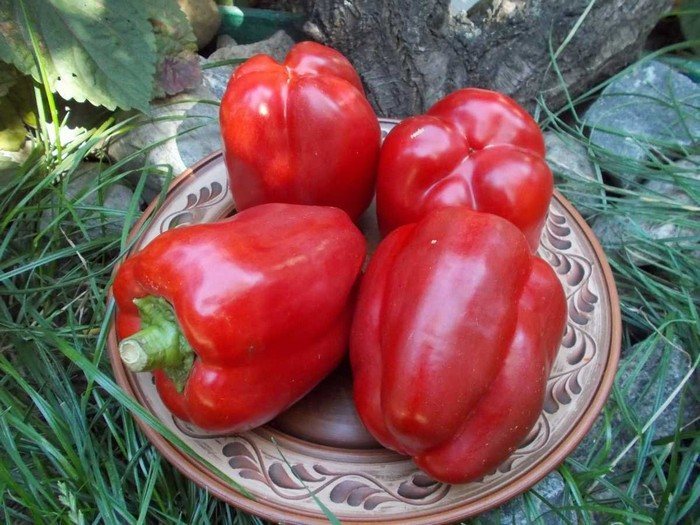
This pepper is good because it is suitable for planting in any climate zone and shows good productivity not only in protected ground, but also in an open garden. Gardeners value it for its fertility, unpretentiousness, ability to withstand the vagaries of weather without compromising fruiting, and resistance to disease. In a greenhouse, bushes grow up to 60-70 cm; in unprotected soil, peppers are shorter.
The average weight of the California Miracle fruit is 110 g. The wall thickness reaches 8.5 mm. The fruiting period of pepper is extended and lasts until the end of summer. The variety belongs to the mid-early species. Subject to the rules of cultivation from 1 sq. m you can get up to 6.5 kg of bright red cube-shaped fruits. There are varieties of the variety with different colors - yellow, purple, chocolate.
"Orange Miracle"
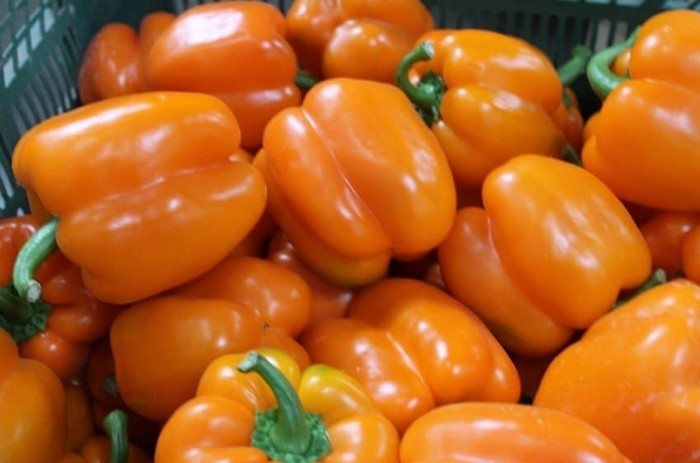
Hybrid pepper with orange, cube-shaped fruits weighing up to 250 g. The wall thickness often exceeds 10 mm.The cultivar is suitable for cultivation in any region of the country. The harvest ripens early. "Orange Miracle" easily tolerates cold, so it can be grown in open ground. Summer residents value the variety for its productivity, from 1 sq. m of plantings, you can harvest up to 10 kg of crop.
The fruit is characterized by dense, crispy pulp with a sweet taste. Peppers are consumed fresh, stuffed, and suitable for preparing canned vegetables. The Dutch hybrid is resistant to disease and can easily be transported. Despite the tall growth (height - up to 2 m), the crown of the bush is compact, which allows for dense planting.
"Kolobok"
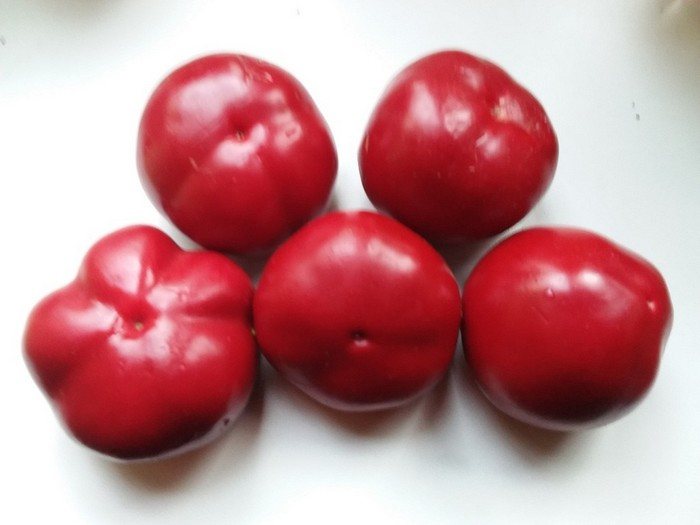
This pepper variety got its name from the round shape of the fruit. The wall thickness of the “Kolobok” sometimes exceeds 10 mm. More often, the variety is grown in open ground in the south of Russia. The harvest ripens early. While the ovaries are just beginning to appear on the bushes of other varieties, “Kolobok” is already ready to share its ripe fruits.
The height of the plant is only 50-60 cm, which allows planting to be arranged very compactly. From 1 sq. m of area produces up to 4.8 kg of peppers. The fruits are small in size, but there are a lot of them on the bush. The average weight of each pepper is 130 g. The harvest is used to make salads. The excess can be recycled. Seeds of this variety are always available in the store and are inexpensive.
Thick-walled peppers contain a large amount of pulp, for which gardeners value them. When choosing a variety, take into account the recommended growing method and the possibility of planting in your region. The growing season of the crop is quite long. Peppers are first planted as seedlings, which are later transplanted into open or closed ground.


